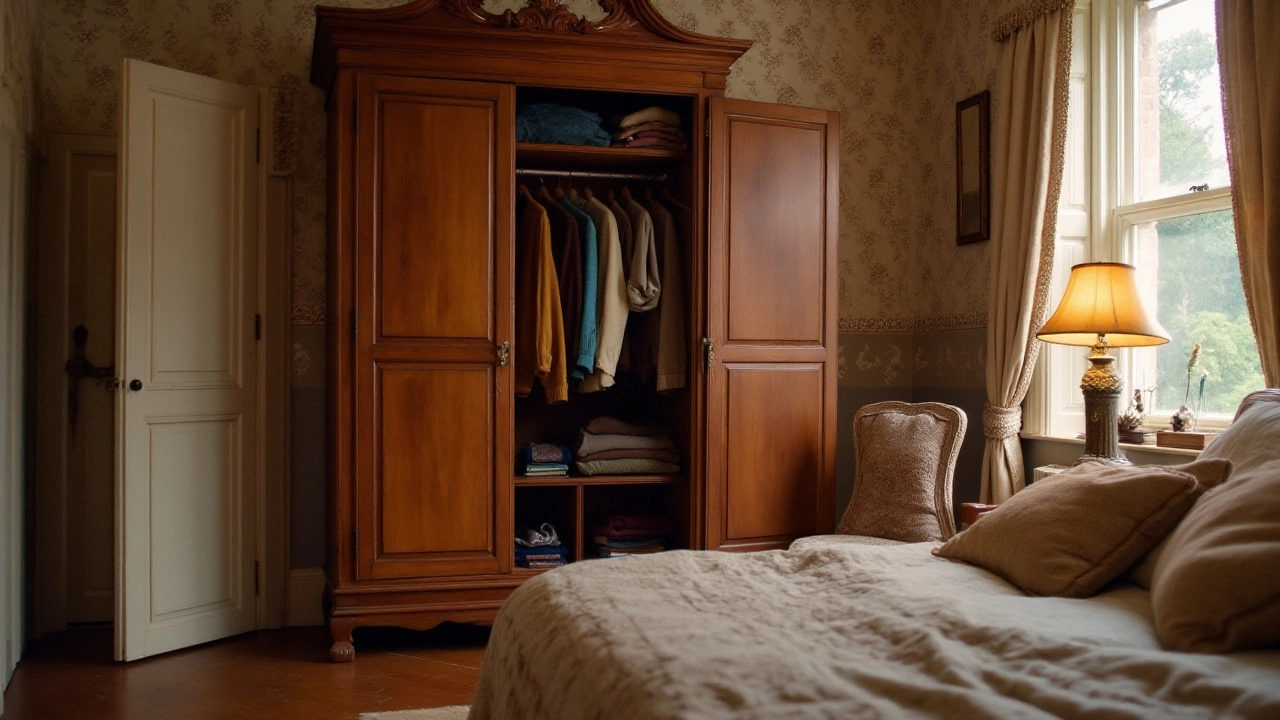Furniture Terminology Explained
Ever walked into a furniture store and felt lost when the sales rep started throwing around words like "hardwood frame" or "chained bookcase"? You’re not alone. Knowing the basics of furniture jargon saves you time, money, and a lot of headaches. Below we cover the most useful terms you’ll meet on our site and in any showroom, so you can make smarter choices for your home.
Everyday Words You’ll Hear
Frame – The skeleton that holds the piece together. In sofas, a solid hardwood frame means the couch will stand up to kids and pets. Soft‑wood or particle board frames are cheaper but tend to sag sooner.
Upholstery – The fabric, leather, or mesh that covers cushions and backs. Look for high‑density foam under the upholstery if you want a seat that stays firm after years of use.
Legs – Not just a decorative afterthought. Metal legs, especially powder‑coated steel, resist rust and wobble better than cheap wood legs that can crack in humid rooms.
TV Stand Width – The measurement that should be at least a few inches wider than your TV. A 55‑inch screen typically needs a stand around 60‑inch wide for stability and a balanced look.
Rug Pad – The slippery piece under a rug that prevents it from moving around. It also adds a tiny amount of cushioning, which helps protect floor finishes.
Specialty Terms for the Curious
Chained Bookcase – An old‑school security feature where metal links loop through the back of a shelf. It’s mostly decorative now, but the look adds a vintage vibe to a library wall.
ADHD Chair – A seat designed for active sitting. It usually has a slight wobble or a rocking base that lets the user move without leaving the chair, helping concentration.
Futon – A thin mattress that folds onto a frame, turning a sofa into a bed. It’s great for small spaces, but the durability depends on the coil support and fabric quality.
Lazy‑boy – A brand name that’s become a generic term for power recliners. Some models qualify as medically necessary furniture, meaning Medicare might cover them under strict conditions.
Weather‑Resistant – Furniture built to survive sun, rain, and snow. Look for materials like teak, powder‑coated aluminum, or synthetic wicker that resist fading and rot.
Now that you’ve got a quick cheat sheet, explore the articles on our site for deeper dives. Whether you’re hunting the most durable sofa for a family room or figuring out if a rug belongs under your coffee table, understanding the terms will make each decision clearer. Got a term that’s still puzzling you? Drop us a comment on any post – we love turning jargon into plain English.
Remember, the right words lead to the right furniture. Use this guide as your reference, and you’ll shop with confidence every time you browse Rustic Social’s collection.
Understanding the American Term for Wardrobe
Navigating linguistic differences can be tricky, especially when words seem interchangeable. In America, the term 'wardrobe' can mean different things compared to other English-speaking countries. Interestingly, Americans commonly use the word 'closet' instead. This article delves into the linguistic nuances and regional variations associated with storing clothes.
More
